Our efforts to protect biodiversity
-
Environmental management and compliance
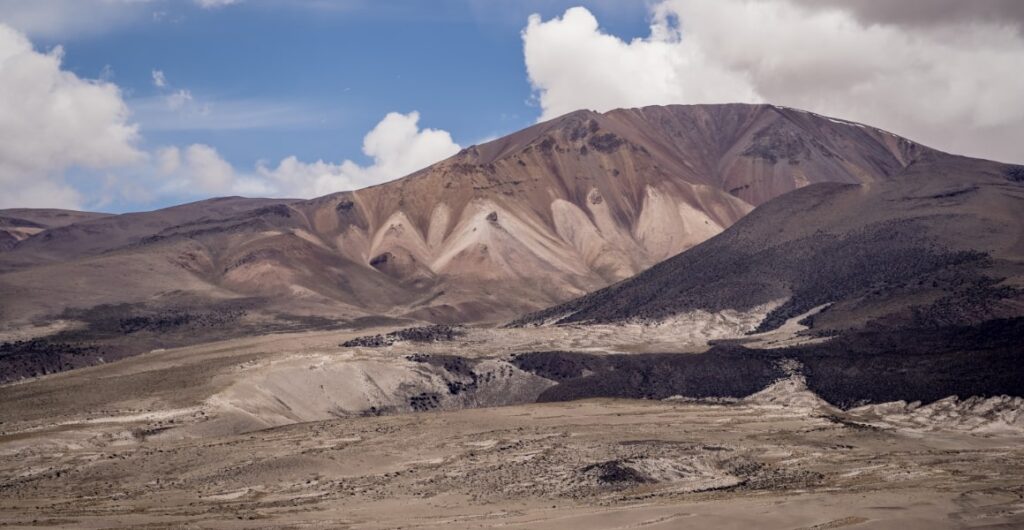
Our sustainability policy commits us to using resources efficiently, reducing the carbon footprint of our operations, protecting the surrounding biodiversity, and fulfilling all environmental commitments made by the company. These objectives are managed through the Risk Management Cycle by each involved operational area.
In addition to the monitoring and environmental control limited to the physical and biodiversity variables included in previous environmental permits, with the Environmental Qualification Resolution (RCA) obtained on December 21, 2021, and the approval of the Compliance Program (PdC) in 2022, the number of Collahuasi’s environmental commitments increased. A new, more direct and closer collaborative working model with neighboring communities was also introduced: participatory monitoring.
This approach involves community members participating in the sampling and measurement of environmental components deemed relevant to areas of interest.
-
Water resources
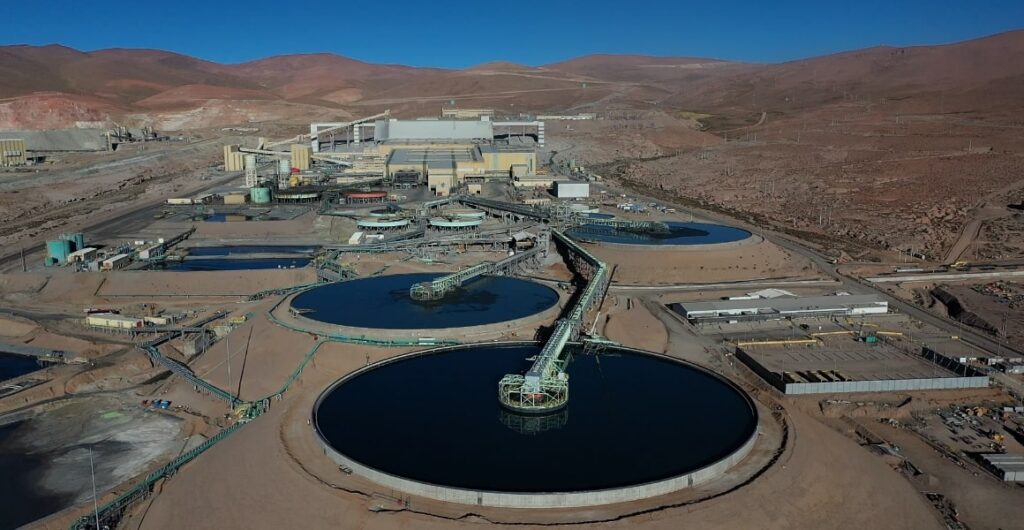
The C20+ project, environmentally approved in December 2021, includes the construction of a desalination plant and a pumping system to supply our operations, which will become operational in 2026. This will gradually reduce the consumption of freshwater and increase Collahuasi’s production capacities.
Additionally, we aim to achieve efficient use of this strategic resource in every process, as water plays a crucial role throughout the entire value chain and is essential for growth projects.
Approximately 80% of the water required for operations comes from a reuse cycle: all wastewater from camps is treated and recirculated, and a high percentage of the water used to process ore is recovered in thickeners and in the tailings clarification pond.
To manage the impacts related to water consumption from natural sources, we focus on:
- Minimizing this consumption by ensuring maximum efficiency through technological changes and process transformation to maximize water recirculation and reduce losses.
- Fulfilling participatory monitoring commitments with neighboring communities and adhering to the plan agreed with authorities, with direct reporting to external stakeholders.
- Complying with all mitigation and compensation measures outlined in the Environmental Qualification Resolutions (RCA) to avoid or offset impacts.
Learn more about our water management efforts in the 2022 Sustainability Report.
VIEW SUSTAINABILITY REPORT -
Circular Economy
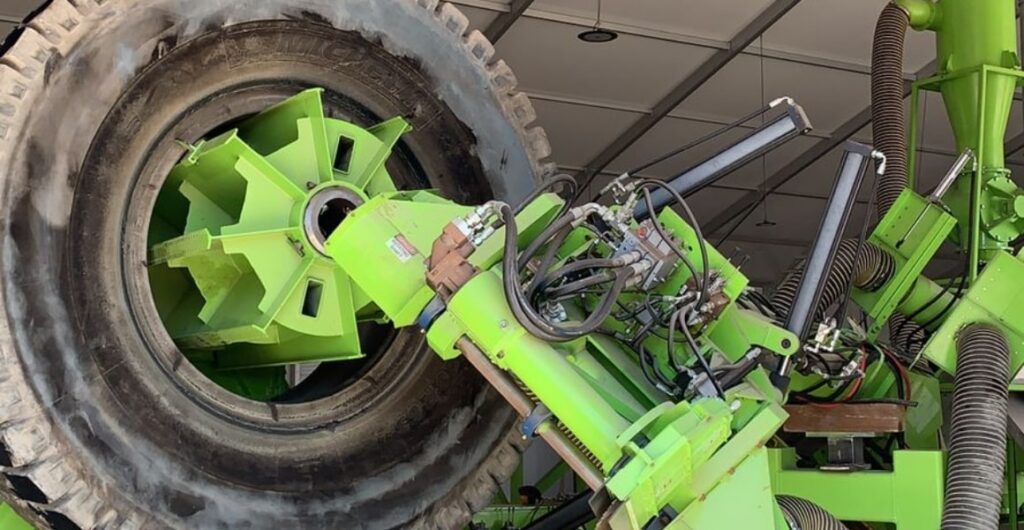
At Collahuasi, we integrate the principles of the circular economy into the continuous improvement cycle of our processes not only to optimize environmental management but also to open up multiple opportunities to enhance operational productivity and promote regional development. The company has a Strategic Circular Economy Plan based on the Risk Management Cycle, the internal sustainability policy, the Extended Producer Responsibility Law (20,920), and the Energy Efficiency Law (N° 21,305). The coordination of this plan is overseen by the Process Transformation Committee, a cross-functional group that discusses the technological approaches that enable circularity in various areas.
One of Collahuasi’s ESG goals is to recycle 60% of its industrial waste by 2030. This means extending the life of these materials by using them as inputs for new processes. Bids and purchases with circular criteria have facilitated progress toward this objective.
VIEW 2022 SUSTAINABILITY REPORT -
Energy and Carbon Footprint
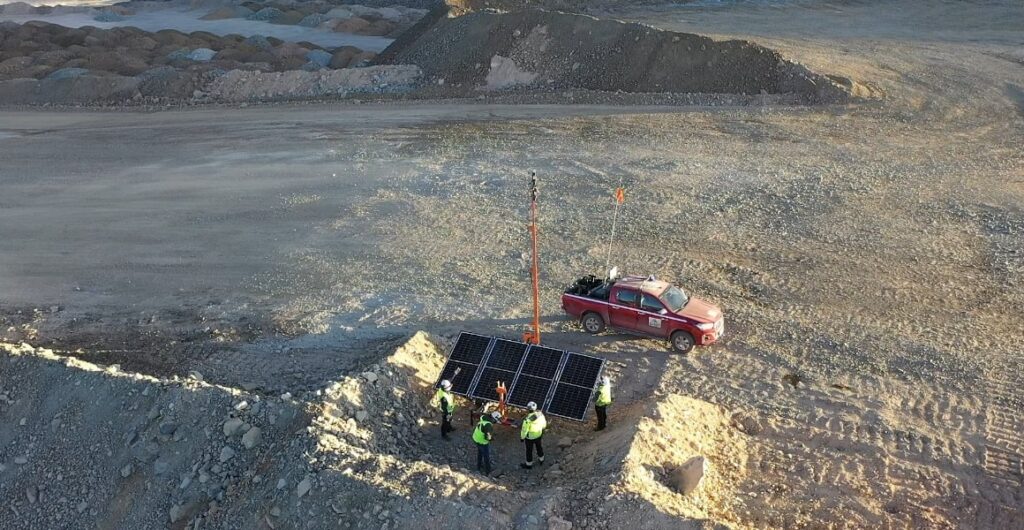
Collahuasi has a strategy to achieve net zero greenhouse gas emissions by 2040 for scopes 1 (direct emissions from fossil fuels) and 2 (indirect emissions from electricity consumption).
We have already made significant strides in this direction: we have been using 100% renewable electricity since April 2020, initiated two solar energy projects in the region, and started an electromobility plan for personnel transport. The actions we plan to implement in the coming years focus on increasing the adoption of electromobility, utilizing and storing unconventional renewable energy in our operations, conducting studies on zero-emission fuels, and electrifying mining equipment.
Additionally, through the Risk Management Cycle, we continually adjust our strategies to optimize energy use, and key energy indicators are being integrated into process maps.
-
Measures to Reduce Scope 1 Emissions
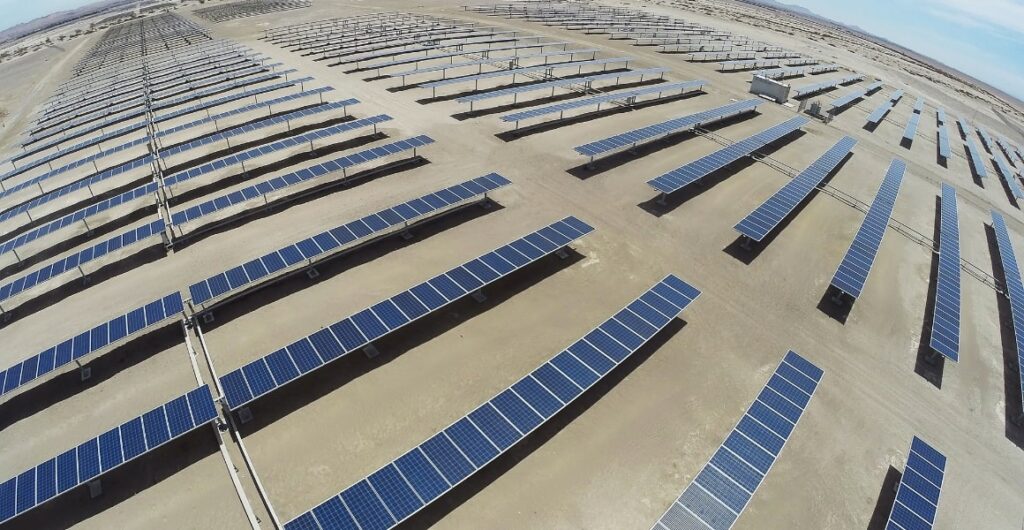
In the short and medium term, the strategy to reduce direct emissions involves the increasing electrification of Collahuasi’s operations. Several pilot projects are being developed for this purpose.
-
Measures to Reduce Scope 2 Emissions
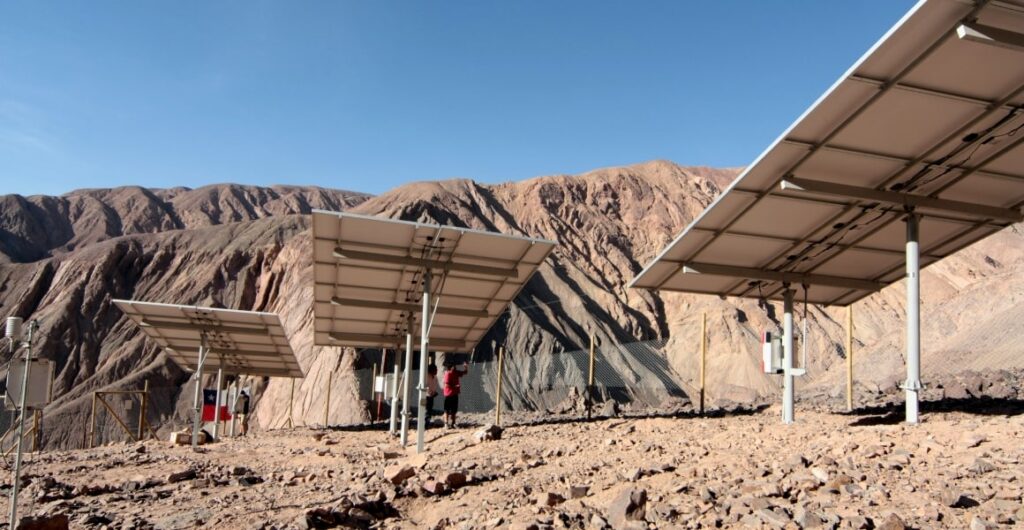
Currently, 100% of Collahuasi’s electricity emissions come from unconventional renewable sources, thanks to long-term contracts that resulted in an average reduction of 24% in the total carbon footprint*. Maintaining this entirely renewable matrix is one of our major challenges for the medium term, as we are in the midst of an energy transition.
-
Measures to Reduce Scope 3 Emissions
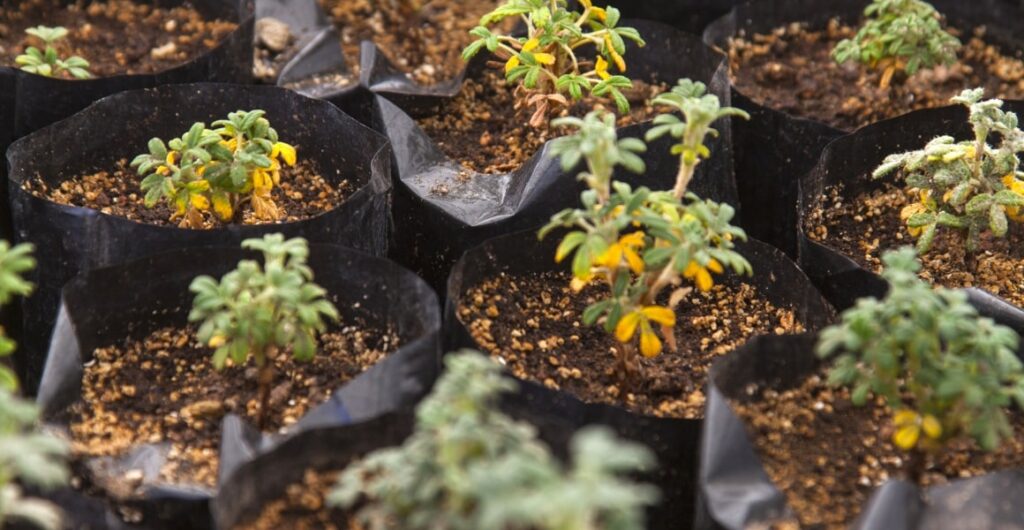
These emissions, linked to suppliers, represent a significant portion of our carbon footprint; therefore, we have also initiated measures to address them, primarily by incorporating the circular economy into the procurement of goods and services. Since 2021, greenhouse gas emissions have been weighted at 4% in the technical evaluations of bids and purchases. To assist participating companies in calculating and comparing their emissions, the Contracts area developed a CO2 calculator for suppliers, with its second version implemented in 2022.
Learn more about our circular initiatives in the 2022 Sustainability Report. -
Biodiversity and Rehabilitation
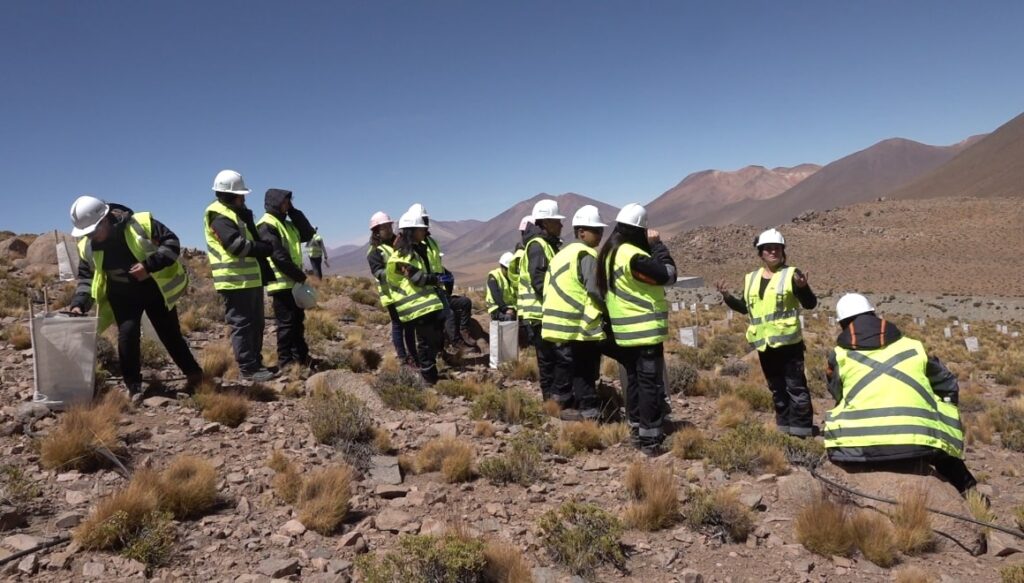
At Collahuasi, we adhere to the United Nations Sustainable Development Goals, particularly Goal 15, which aims to protect and restore terrestrial ecosystems to halt the loss of biodiversity. We are also aligned with the National Biodiversity Strategy 2016-2030, which aims to promote the conservation of species that inhabit our territory. Therefore, each year we strive to comply with environmental legislation and the commitments we have made to authorities in this area, including biodiversity monitoring. In 2022, the company monitored 15 protected species through periodic counts and censuses at key locations. All monitoring programs were carried out as planned.
-
Forest Management Plan
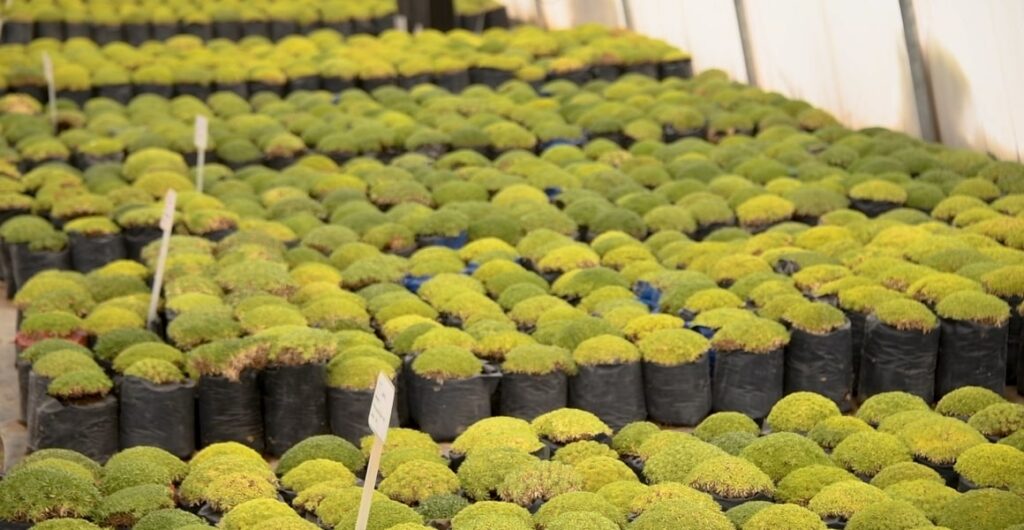
The company has been implementing a forest management plan for over two decades, which includes the restoration of bofedales—high Andean wetlands—around the Rosario pit and the planting of two native species of high environmental significance: queñoas (*Polylepis tarapacana*), small trees that grow at high altitudes, and llaretas (*Azorella compacta*), shrubs that resemble moss. The actions of the plan are supervised by specialist collaborators with extensive experience in habitat restoration.
-
Bofedal Management
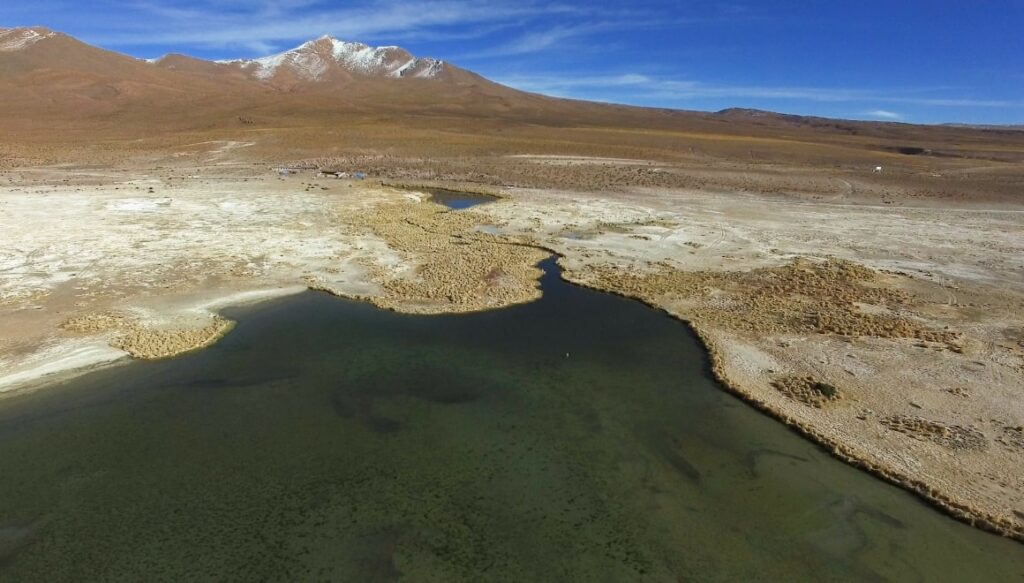
In 2022, the company celebrated three years of the restoration and revitalization program for bofedales implemented across approximately 15.4 hectares in the San Daniel, San Nicolás, and Huinquintipa ravines. The goal of the plan is to increase the area and productivity of these delicate ecosystems by adding organic matter and redistributing available water.
-
Reforestation of Queñoas
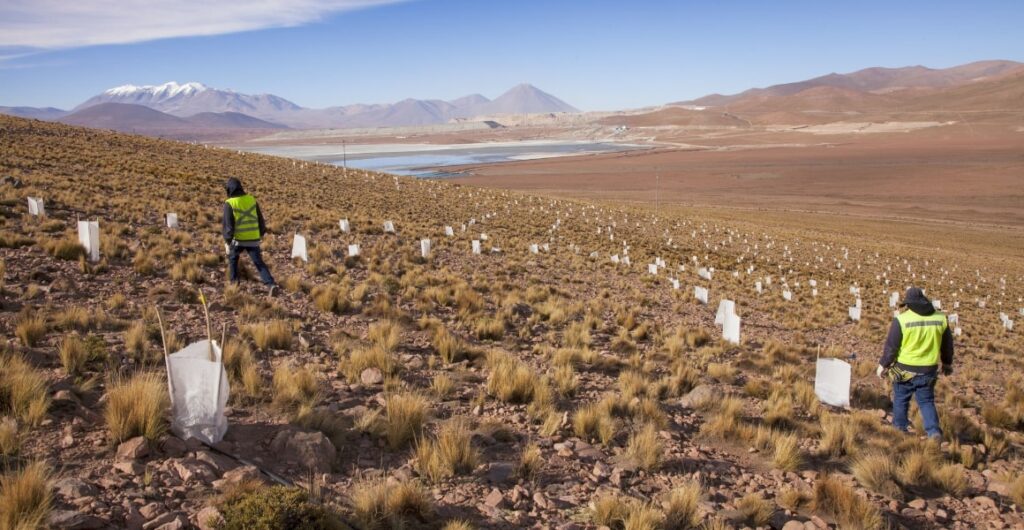
It has been 22 years since the launch of this pioneering program, as the company is the first to reproduce this species native to the Andes in greenhouses. By the end of 2022, a total of 101.9 hectares had been planted on the Irruputuncu volcano, 38.4 hectares in the Pabellón del Inca area, and 9.5 hectares in the Ujina Poniente and Oriente sectors. In total, 18,287 living individuals were counted.






